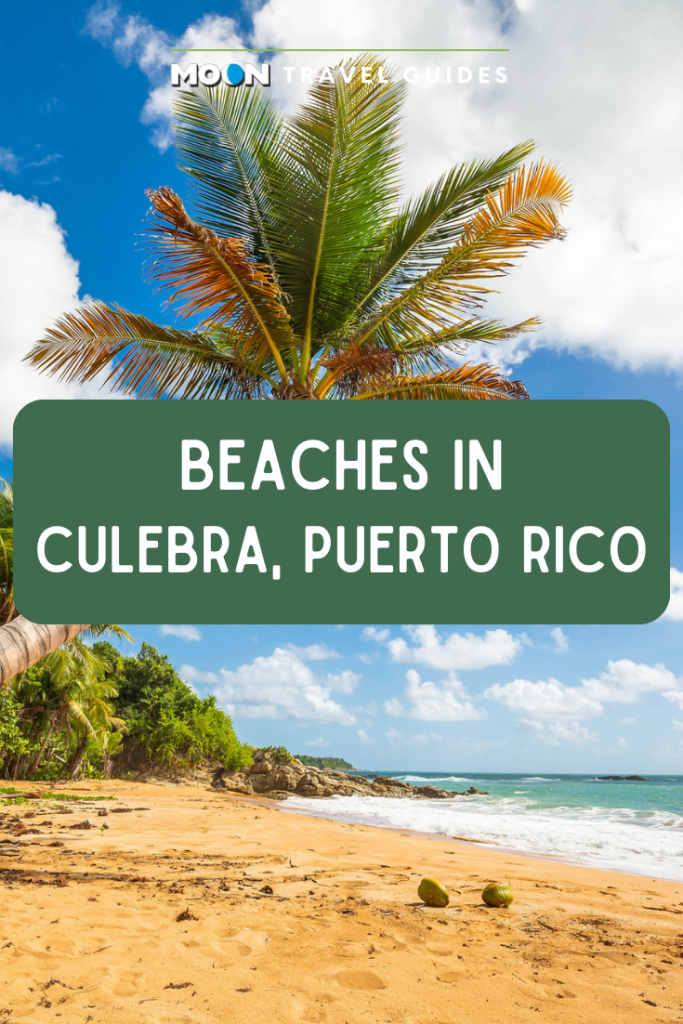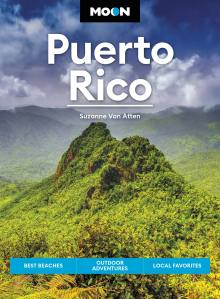Culebra’s Beaches: Diving, Snorkeling, and Kayaking
Once you see Culebra’s craggy coastline of hidden coves, private beaches, coral outcroppings, and cays, it’s easy to understand why pirates liked to hide out here. Playa Flamenco is the island’s most celebrated beach, and rightly so. But there are many less-populated and more-remote beaches to be found for those willing to hike in.
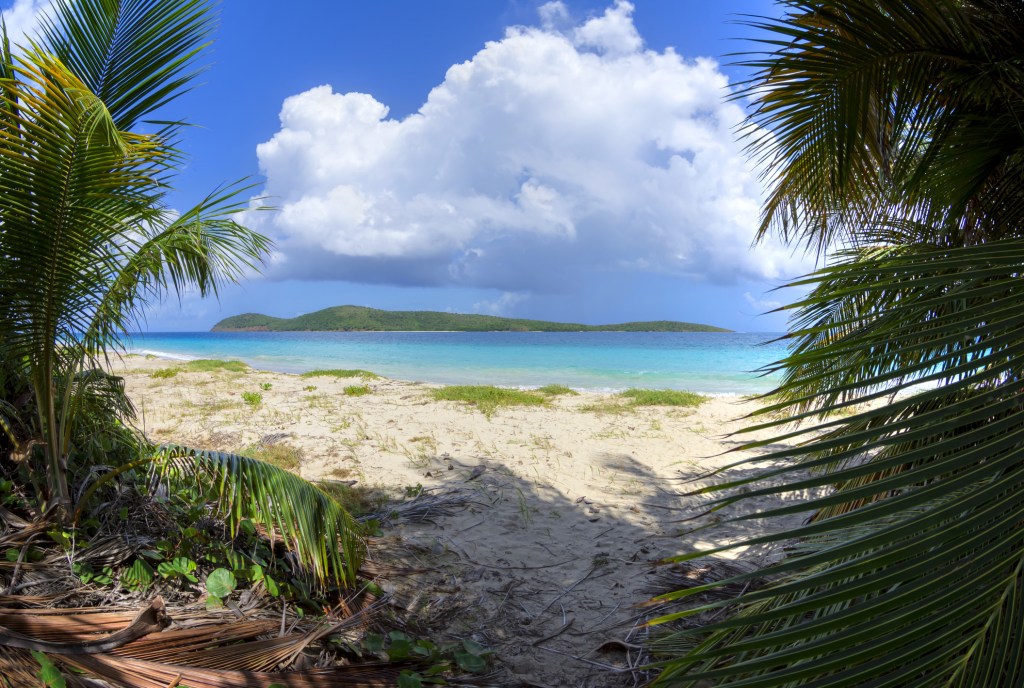
Playa Flamenco
Named one of “America’s Best Beaches” by the Travel Channel, Playa Flamenco is one of the main reasons people come to Culebra. It’s a wide, mile-long, horseshoe-shaped beach with calm, shallow waters and fine white sand. The island’s only publicly maintained beach, it has bathroom facilities, picnic tables, loungechair and umbrella rentals, and a camping area. There’s a large parking lot and lots of food and beverage vendors serving sandwiches, pinchos, and frozen cocktails. An abandoned, graffiti-covered tank remains as a reminder of the Navy’s presence. It can get crowded on summer weekends and holidays, particularly Easter and Christmas.
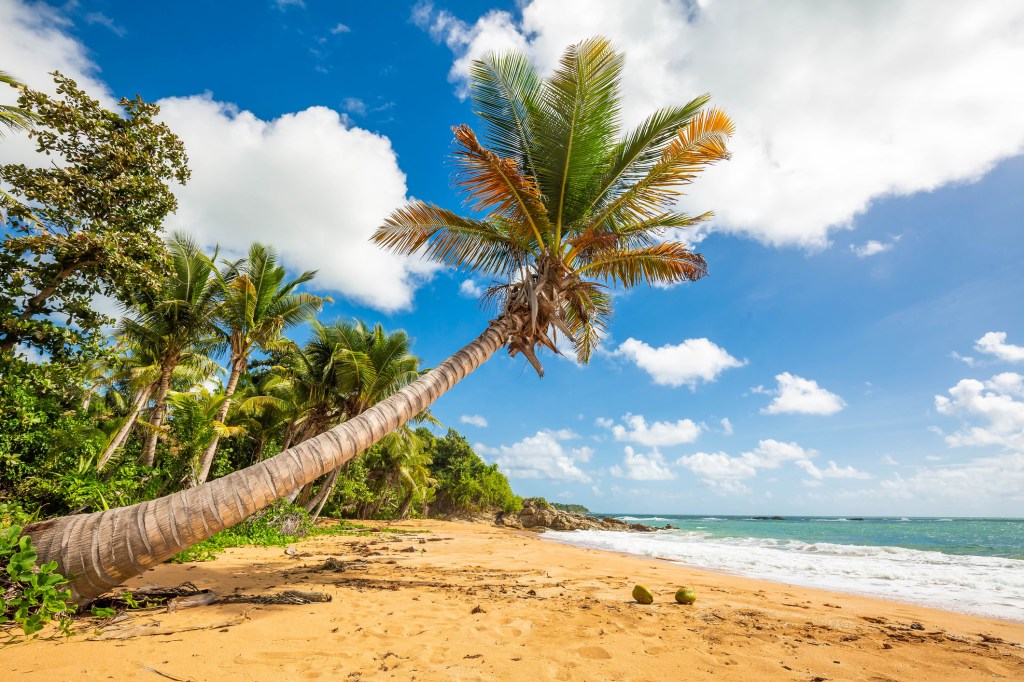
If Playa Flamenco is too crowded, take a 20-minute hike from its parking lot westward over the ridge along a sandy path. Bypass the first small beach you encounter to reach the more private Playa Carlos Rosario, a pleasant, narrow beach flanked by coral reef and boulders. It offers excellent snorkeling around the long, vibrant reef not too far offshore.
Other Beaches
Other great snorkeling and diving beaches are Punta Soldado (south of town, at the end of Calle Fulladoza), which also has beautiful coral reefs; Playa Melones, a rocky beach and subtropical forest within walking distance of town; and Playa Tamarindo, off PR 251, where you’ll find a diversity of soft corals and sea anemones. At the far eastern side of Culebra at the end of PR 250 is Playa Zoni, which features a deserted sandy beach and great views of Culebrita, Cayo Norte, and St. Thomas.
Playa Brava has the biggest surf on the island, but it requires a bit of a hike to get there. To reach the trailhead, travel east on PR 250 and turn left after the cemetery, and then hike downhill and fork to the left. Note that Playa Brava is a turtle-nesting site, so it may be off-limits during nesting season from April to June.
Like Playa Brava, Playa Resaca is an important nesting site for sea turtles and it is ill-suited for swimming because of the coral reef along the beach. The hike to Playa Resaca is fairly arduous, but it traverses a fascinating topography through a mangrove-and-boulder forest. To get there, turn on the road just east of the airport off PR 250, drive to the end, and hike the rest of the way in.
Excellent deserted beaches can also be found on two of Culebra’s cays—Cayo Luis Peña and Culebrita, the latter of which is distinguished by a lovely but crumbling abandoned lighthouse and several tidal pools. To gain access, secure transportation on a water taxi. Providers include Puerto Rico Water Taxi, H2O Water Taxi, and Cayo Norte Water Taxi. Be sure to bring water, sunscreen, snacks, a towel, and a hat. There are no facilities or stores on the islands.
Diving and Snorkeling
Culebra more than makes up for its dearth of entertainment options with a wealth of diving opportunities. There are reportedly 50 dive sites surrounding the island. They’re mostly along the island’s fringe reefs and around the cays. In addition to diverse coral formations, divers commonly spot sea turtles, stingrays, puffer fish, angelfish, nurse sharks, and more.
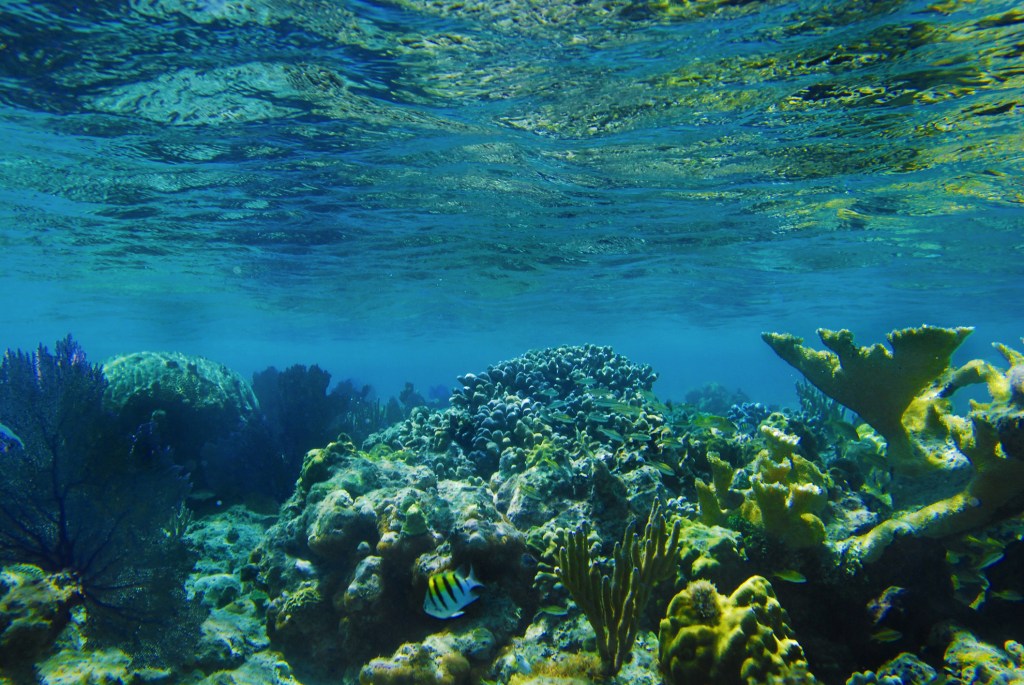
Among the most popular dive sites are Carlos Rosario (Impact), which features a long, healthy coral reef teeming with sealife, including huge sea fans, and Shipwreck, the site of The Wit Power, a tugboat sunk in 1984. Here you can play out your Titanic fantasies and witness how the sea has claimed the boat for its habitat.
Many of the best dive sites are around Culebra’s many cays. Cayo Agua Rock is a single, 45-foot-tall rock surrounded by sand and has been known to attract barracudas, nurse sharks, and sea turtles. Cayo Ballena provides a 120-foot wall dive with spectacular coral. Cayo Raton is said to attract an inordinate number and variety of fish. And Cayo Yerba features an underwater arch covered in yellow cup coral, best seen at night when they “bloom,” and offers a good chance to see stingrays.
There are a number of outfitters that lead dive and snorkel tours on the island, including the veteran, Culebra Divers, offering daily snorkeling trips for $65 and two-tank dives for $130, including tanks and weights. Snorkeling and dive gear is available for rent. It’s also a good place to go for advice on snorkeling from the beach.
Kayaking
Kayaking Puerto Rico offers daylong and half-day Aquafari tours that combine kayaking and snorkeling in Culebra. The four-hour half-day tour for those already in Culebra is $75-95. Swimming-with-turtles experiences are also available for $75.
Save for Later
